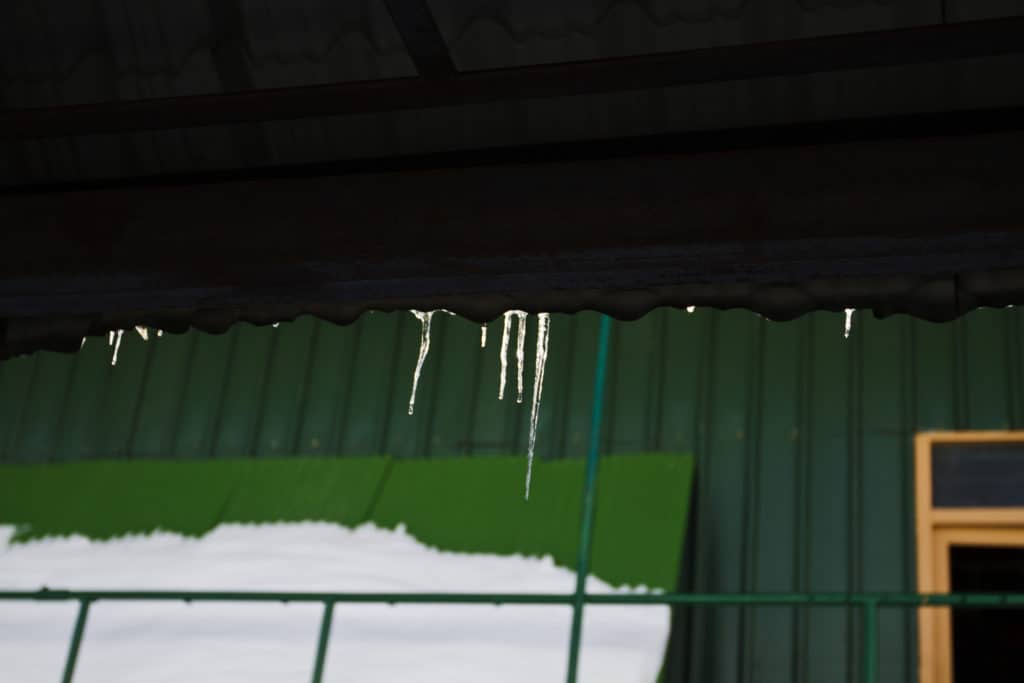When winter comes along, air leaks around the doors, windows, and foundation can push your monthly energy bills to a new high. And things can get even worse if you’re dealing with worn-out insulation. That’s why we recommend checking the thermal performance of your home every year. And if you find any issues, Houston spray foam insulation is a great way to correct any issues found.
What Is Spray Foam?
Fiberglass and other batt-type materials have been the standard for wall insulation for a long time. But just like most things in life, they come with limitations. For example, they are hard to use when working with tiny cracks. That makes batt-type insulation a bad idea for small repair jobs. And that’s where spray insulation comes in.
Spray foam can seal hard-to-reach areas, and the application process is surprisingly simple. The professionals may decide to use cans or foam cannons depending on the project’s size, translating to fast results. The only problem is that foam cures in irregular shapes and needs to be trimmed to size.
Types of Strayfoam
High Density Spray Foam
This is the most preferred type of insulation because of its great R-value and strength. It is often used to insulate roofs and exterior walls because of its monolithic nature. And its closed-cell structure makes it a great option for people looking to keep out water, vapor, and air infiltrations. That means you’ll never have to worry about mold in your walls when dealing with high-density spray foam.
Medium Density Spray Foam
This foam is not as dense as the first option, but it is an excellent insulation material for interior walls and unvented attics. It is also a closed-cell foam, so you’ll get the best R-value per square foot. It will also not allow water, vapor, or air to get through it, and it can also cancel noise.
Low-Density Spray Foam
Also known as ½ pound foam, this open-cell variant is your go-to option for filling cracks and preventing airflow. This open structure means it is susceptible to vapor and water leaks, so it is rarely used as the primary type of insulation. Still, some people spray it in their rarely used spaces, such as an outdoor man cave or shed.
What Are the Drawbacks of Spray Foam Insulation?
Spray foam helps reduce the amount of energy you use in your home, but the return on investment takes longer to pay for itself and is more of an upfront cost. Traditional insulation is more budget friendly upfront; however, costs more over time with less energy friendly properties. Spray foam is not DYI friendly and requires skilled applicators and routine equipment maintenance.
Feel free to visit https://fdinsulation.com/attic-insulation/spray-foam/ for more information, quotes, and to see why we are industry leaders in innovation and training of our staff.
First Defense Insulation
11715 Anderson Road
Willis Texas 77318
713-808-9853
Find us on Social Media
https://www.facebook.com/FirstDefenseInsulation
https://www.instagram.com/firstdefenseinsulation/
